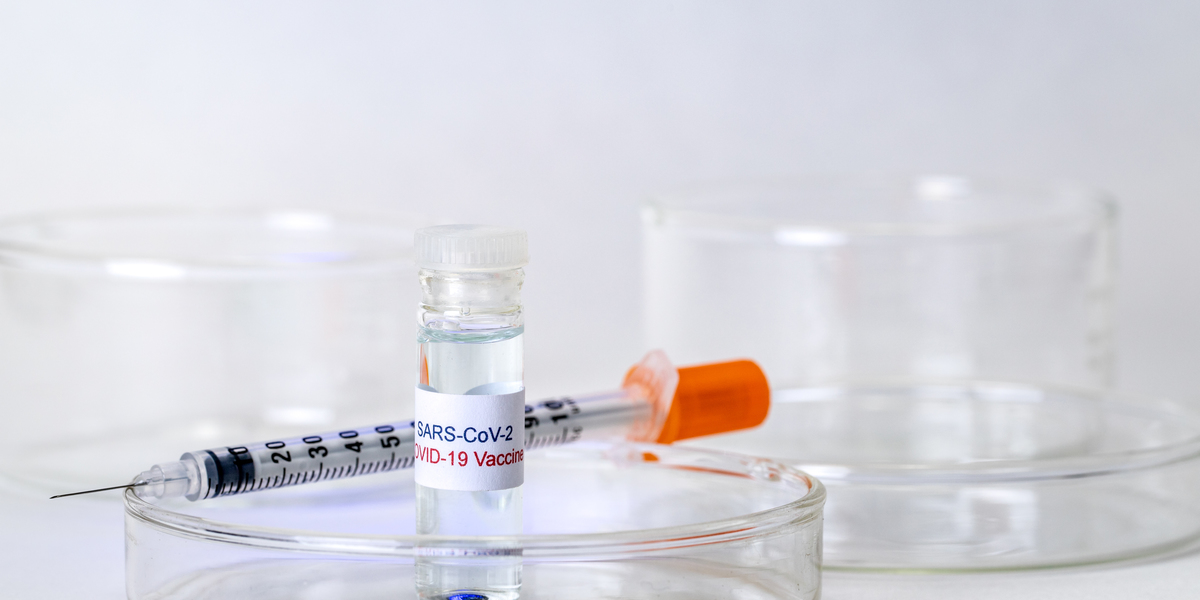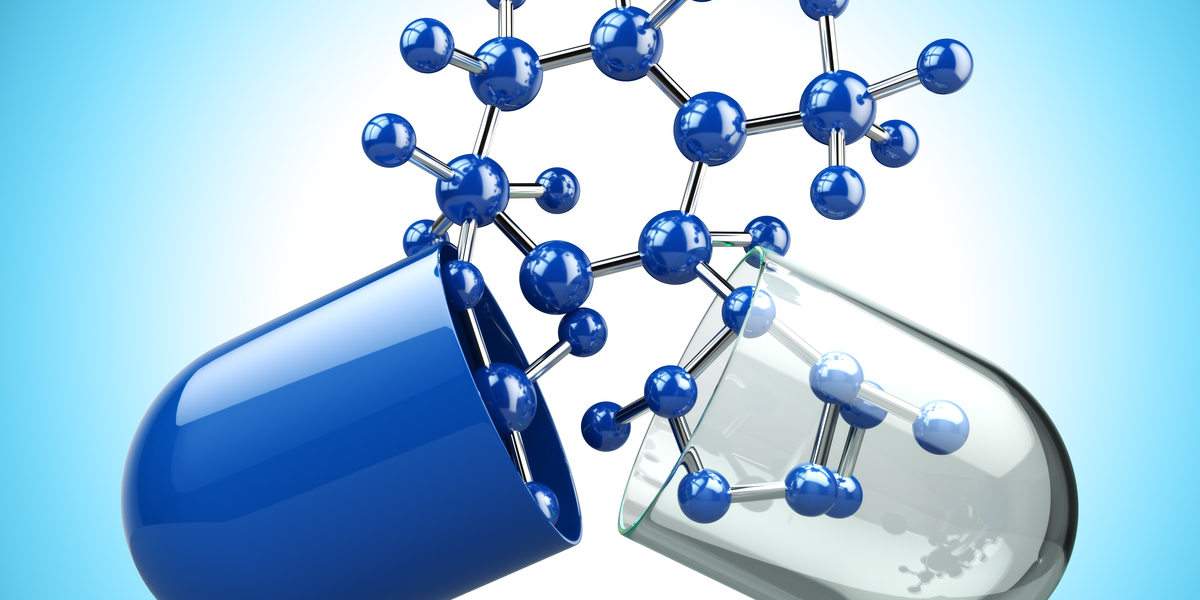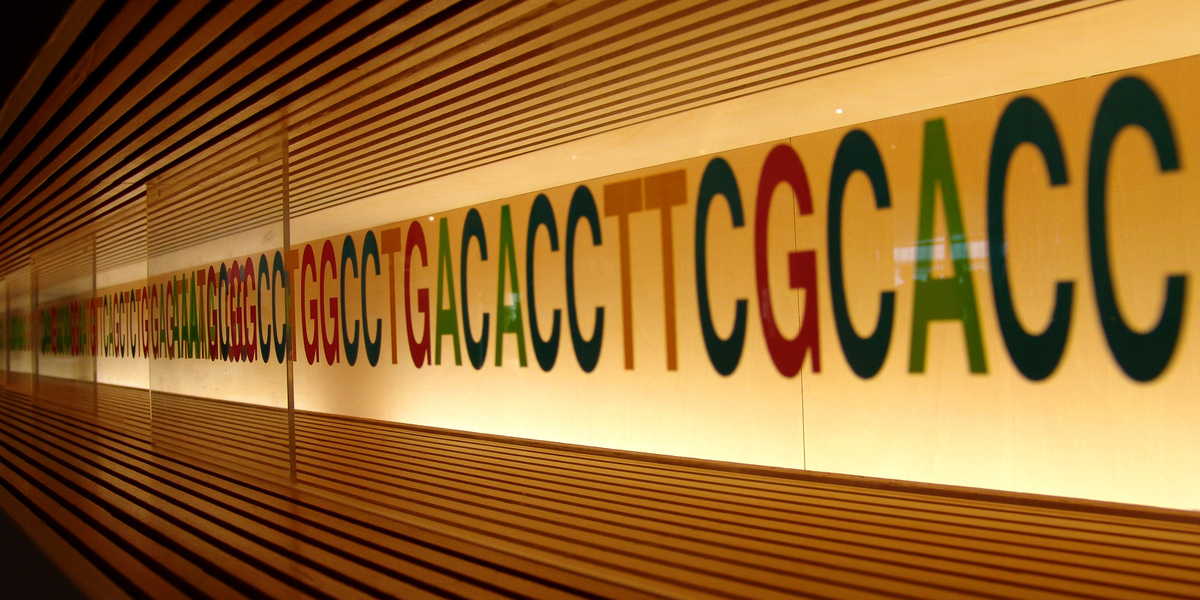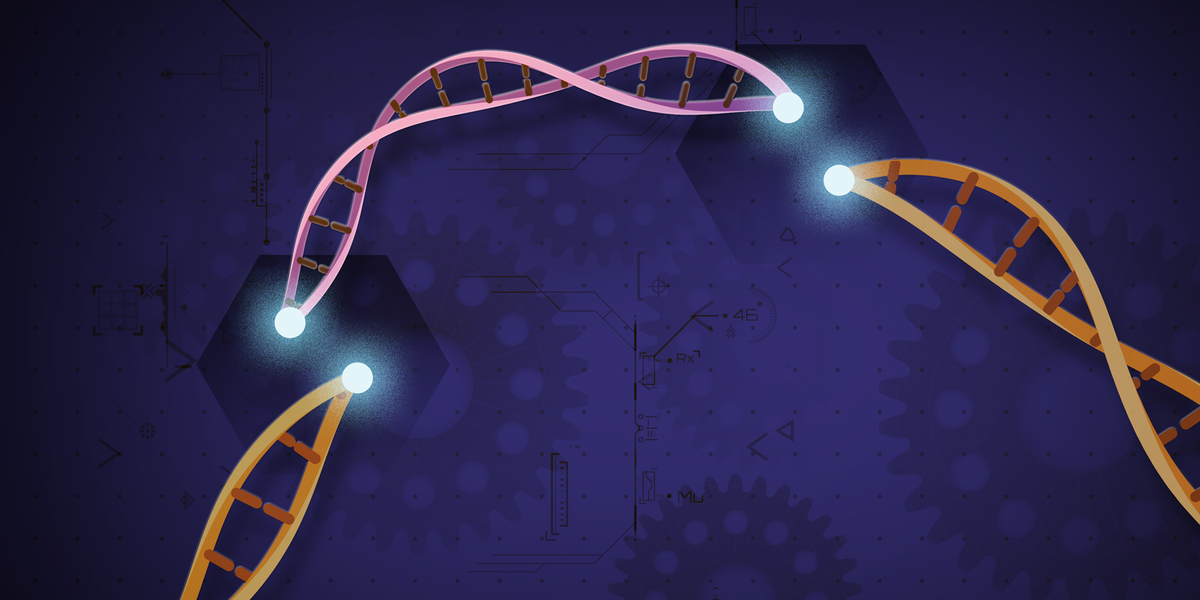
Many HD families have questions about vaccination for the coronavirus - RNA sounds scary! HDBuzz helps unpack the headlines about vaccine safety and HD.

A Chinese research team developed a new way to lower huntingtin protein indirectly, by targeting a protein called GPR52. The molecules they designed were protective in cells and in mice with HD.

Read our summary of the latest updates from the EHDN Plenary Meeting 2020

A gene called MSH3 helps to repair our DNA, but in HD it can slip up and cause CAG repeats to lengthen. Researchers have uncovered new information about how MSH3 activity is controlled, opening the door to new therapeutic avenues.

The 2020 virtual HSG conference HD in Focus continues on Day 2 with a focus on clinical trials and drugs in development.

Read our breakdown of some of the talks and presentations at day 1 of the Huntington Study Group (HSG) 2020 annual conference: HD in focus

While developing a drug called branaplam for patients with SMA, the pharmaceutical company Novartis discovered that it could hold promise for people with HD. The FDA has granted a special status called Orphan Drug Designation.

The SIGNAL study did not meet its key clinical goals for #HuntingtonsDisease to slow or improve HD symptoms, but the results are still informative for the HD community and other fields.

CAG repeats expand in some parts of the body and brain as people with HD get older, a phenomenon known as somatic instability. Learn more about how researchers are exploring somatic instability and DNA repair to design therapies for HD.

Scientists use human fetal tissue to look at HD brain development. But what do developmental changes mean when symptoms don’t occur until decades after birth?

A recent series of studies on the gene-editing method CRISPR have raised concerns about the suitability of this technology for the treatment of genetic illnesses such as Huntington's disease